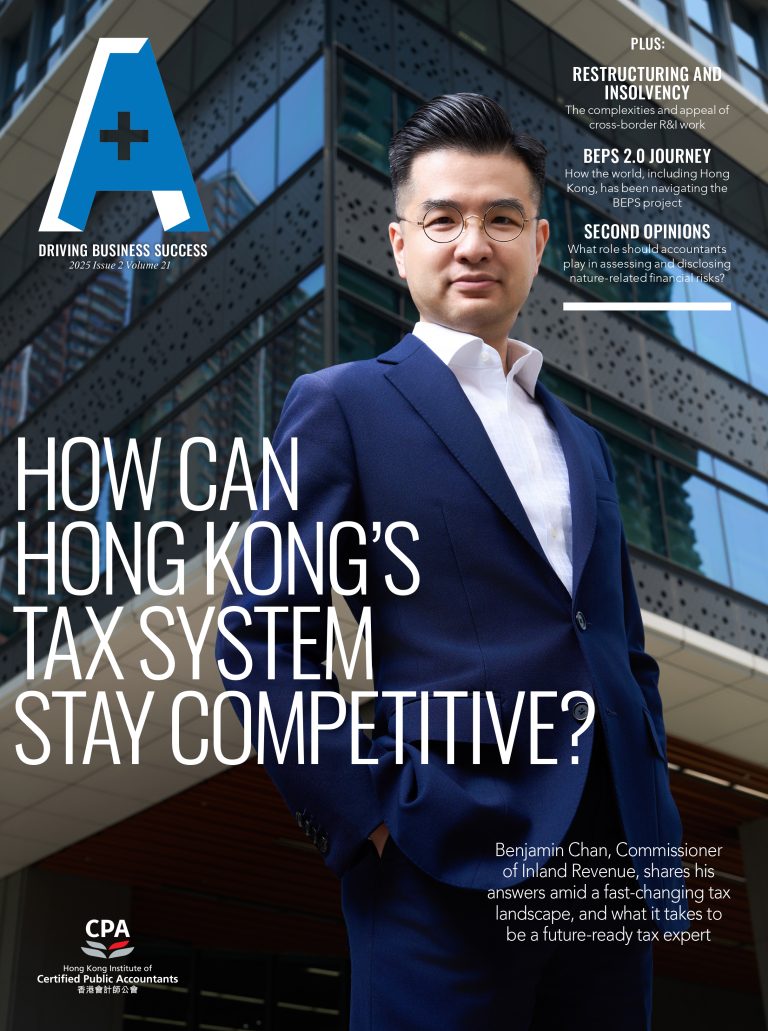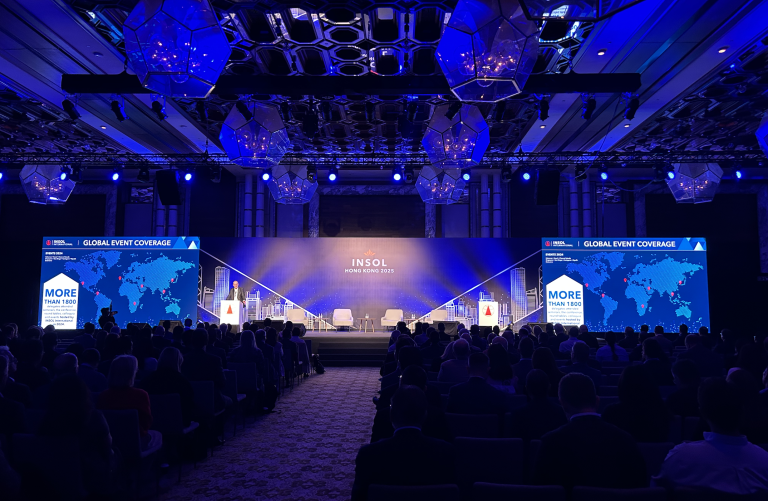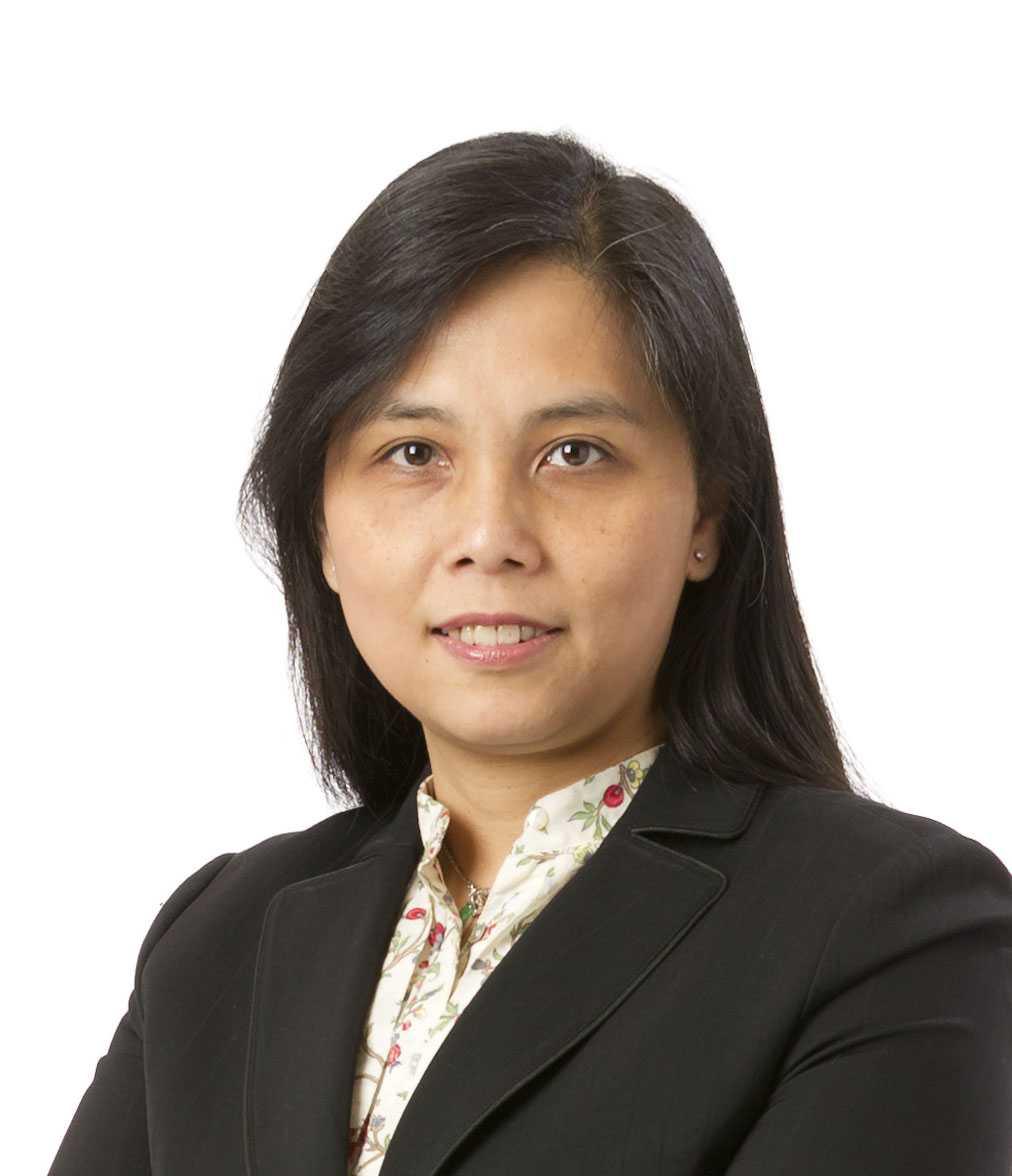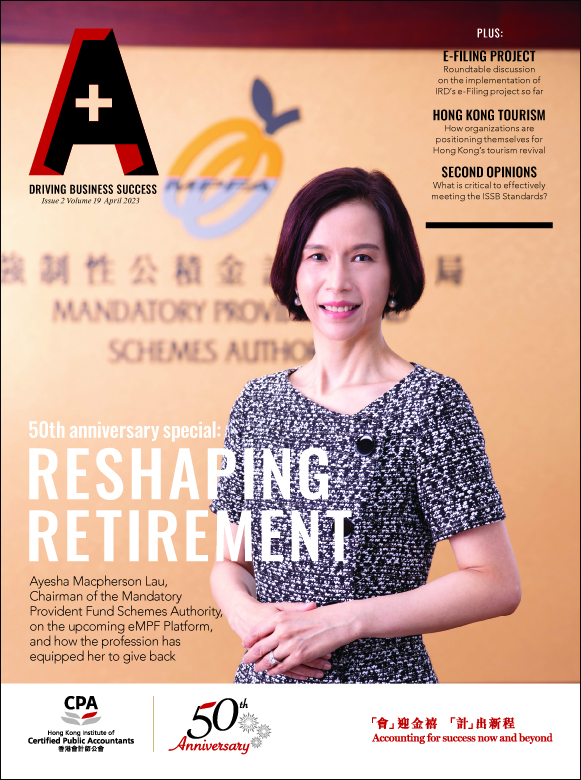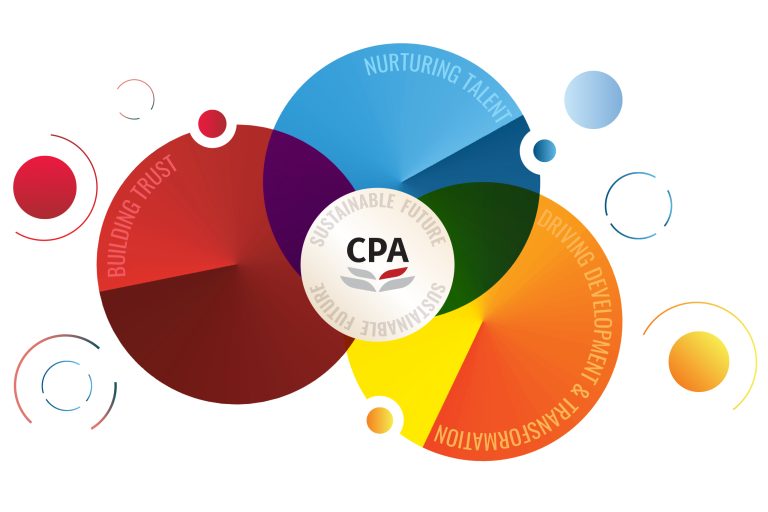Cecilia Yam, Director and Head of Quality Assurance of BDO, shares her tips based on her experience of staying on course as Chairman of the Institute’s Practice Review Committee
Meetings are always named as the top time waster in the office. However, that is largely due to how they are conducted. When conducted effectively, meetings disseminate valuable information, increase workplace communication, and boost morale and productivity.
In the last year, the Institute’s Practice Review Committee reviewed and discussed over 200 practice review cases with an average of 20 new cases covered each meeting. As well as dealing with new cases, these meetings also dealt with follow-up cases and other topics in relation to practice review.
Prepare and organize the agenda
Without an agenda and an idea of the decision that needs to be made, a meeting is just a meaningless discussion. There is no execution, and you have just spent a lot of resources to decide nothing.
The meeting’s agenda can be in whatever format but all attendees should know why they have been gathered and what they are supposed to be accomplishing. The agenda provides a compass for the conversation, so the meeting can get back on track if the discussion wanders off course.
In the agenda, you can further categorize items into different actions required, for example (i) matters to note (ii) matters to discuss (iii) matters to approve. By doing this, time can be properly managed to focus on key matters.
Make the meeting actionable
Meeting attendees should receive the agenda and corresponding information well before the meeting so they can go through the agenda beforehand and use the meeting to focus on what actions and decisions need to be made to move things forward.
Start on time
One major contributor to meeting success is punctuality. No one likes having their schedule disrupted. When you start on time and end on time consistently, people know what they can expect, and it shows that you respect their time as well.
Use “parking lots” to manage off topic discussions
The ‘‘parking lot’’ approach involves recording off-agenda items for discussion at a later meeting. This helps to keep the meeting focused on the stated agenda and the “parking lot” acknowledges important points raised by attendees.
However, the ‘‘parking lot’’ must be combined with “follow up” if you wish to be truly effective. Otherwise, you are simply making a show of acknowledging other people.
Consider the following steps when using the parking lot.
a. Keep the meeting agenda document in front of you as a guide.
b. Go through each agenda item.
c. Monitor and contribute to the discussion.
d. When someone raises an interesting point that does not relate to the agenda, say something like the following: “Thank you for that point, Cecilia. However, your suggestions go beyond the purpose of this meeting. Let me mark it down in the parking lot and I will include it in the meeting notes so we can explore that at the right time.”
“The meeting’s agenda can be in whatever format but all attendees should know why they have been gathered and what they are supposed to be accomplishing.”
Leave some open space
Leave some open space after asking a question, be quiet and let others speak. As chairman, often, if you share your thoughts first, you are likely going to look around a table of nodding heads, with people saying they completely agree with your instincts.
It is very important that you get input from everybody, not only the people who have a lot to contribute and are eager, but also from those who are shyer and less likely to speak up. You want input from others who may be a little bit reluctant to try to compete with more aggressive or assertive people.
Keep a record
Distribute minutes from the meeting as soon as possible. If important decisions have been made, it is important that you have them distributed in writing so that if attendees have questions they can get back to you.
If there are no questions, then attendees are accepting the record of the meeting as distributed. In fact this final step is the key to conducting more effective meetings.
